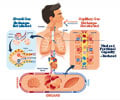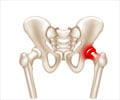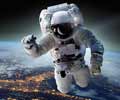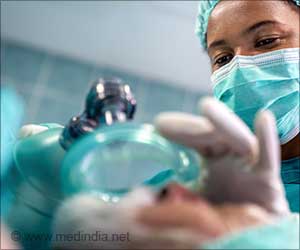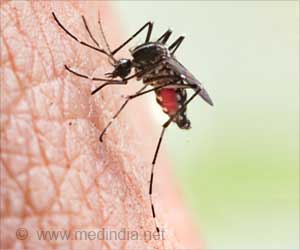Sunita Williams'extended space missions accelerate bone loss, posing severe health risks.
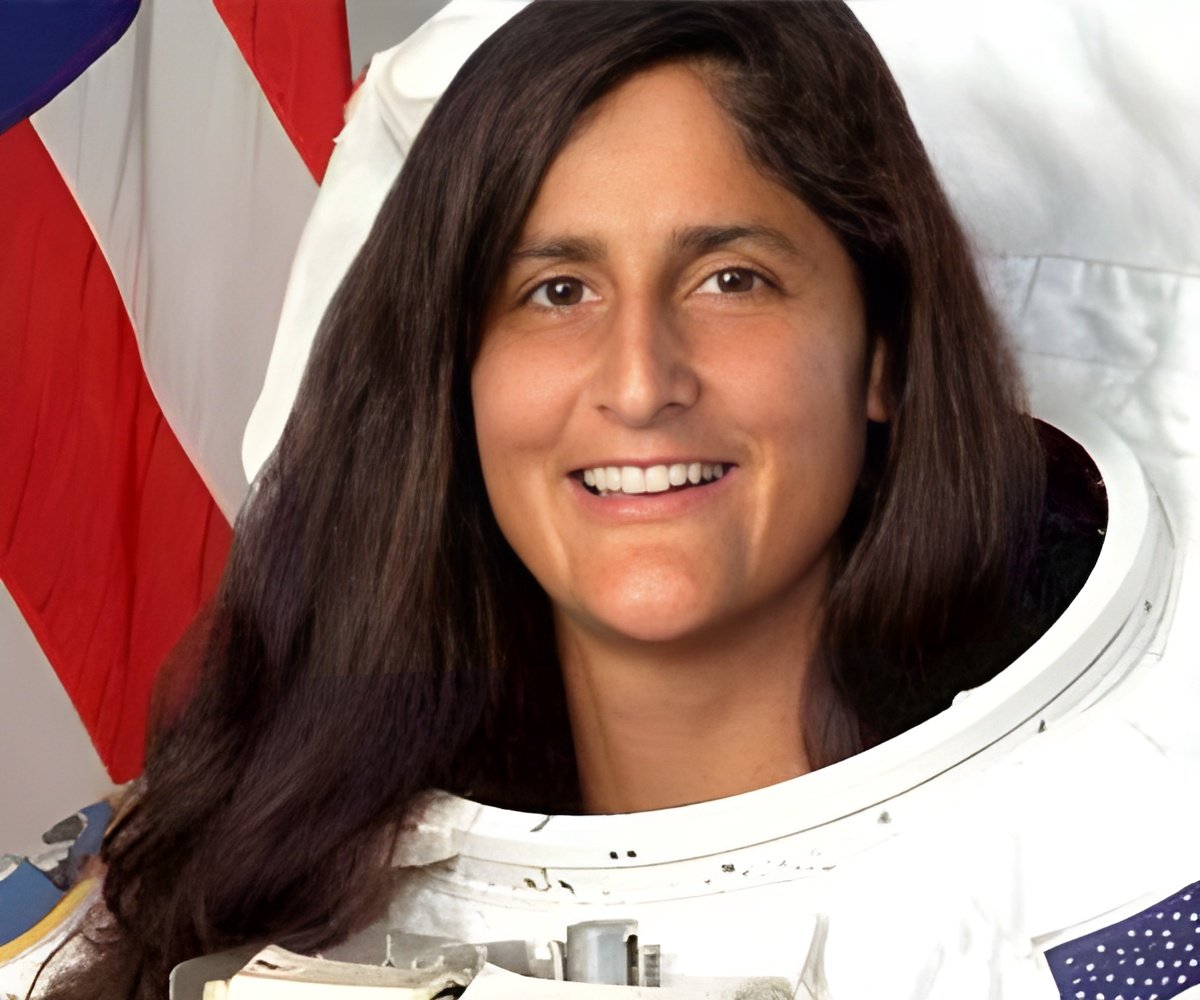
Health Impacts of Microgravity: Sunita Williams’ Bone Density Concerns
Astronaut Sunita Williams is facing significant health challenges due to the extended duration in space. The microgravity environment has exacerbated issues related to bone density loss. In space, the lack of gravitational force leads to rapid deterioration of bone mass, akin to osteoporosis. Despite following rigorous exercise routines designed to mitigate these effects, prolonged exposure to microgravity results in accelerated bone loss. Williams’ extended mission heightens the risk of fractures due to thinning bone tissue (1✔ ✔Trusted SourceThe Human Body in Space
Go to source).
‘Astronaut Sunita Williams’ return to Earth is delayed due to spacecraft issues, worsening bone density loss in microgravity. #medindia #spacehealth #sunitawillliams
’





Microgravity introduces a range of health challenges for astronauts. Fluid redistribution in space causes facial puffiness and reduced fluid volume in the legs, which can disrupt cardiovascular function and complicate blood pressure regulation upon return to Earth.NASA is actively working on counteracting the effects of microgravity with specialized exercise regimens and nutritional interventions. Resistance and aerobic exercises are employed to help maintain bone density, while research is ongoing into more effective countermeasures, including pharmacological treatments and advanced exercise protocols.
Space Impact on the Human System
The microgravity environment also affects the urinary system, increasing the risk of kidney stones due to higher calcium levels in urine. Hormonal changes and shifts in gut microbiota further complicate nutrient absorption and overall health, requiring continuous medical monitoring and preventive measures.Astronauts must adapt to changes in spatial orientation, balance, and coordination in microgravity. Space Motion Sickness (SMS) is common initially but typically resolves as astronauts adjust. Effective adaptation is crucial for maintaining daily functions and operational efficiency in space.
Extended space missions can lead to visual impairments, including hyperopic shift and optic disc edema, due to changes in intracranial pressure and fluid distribution. Additionally, the higher radiation levels in space pose increased risks of DNA damage and cancer, prompting ongoing research to understand these effects and develop mitigation strategies.
Advertisement
- The Human Body in Space - (https://www.nasa.gov/humans-in-space/the-human-body-in-space/)
Source-Medindia

